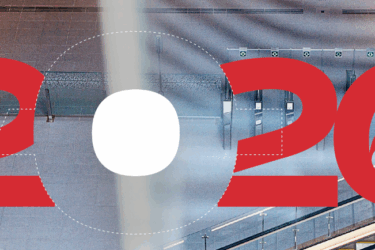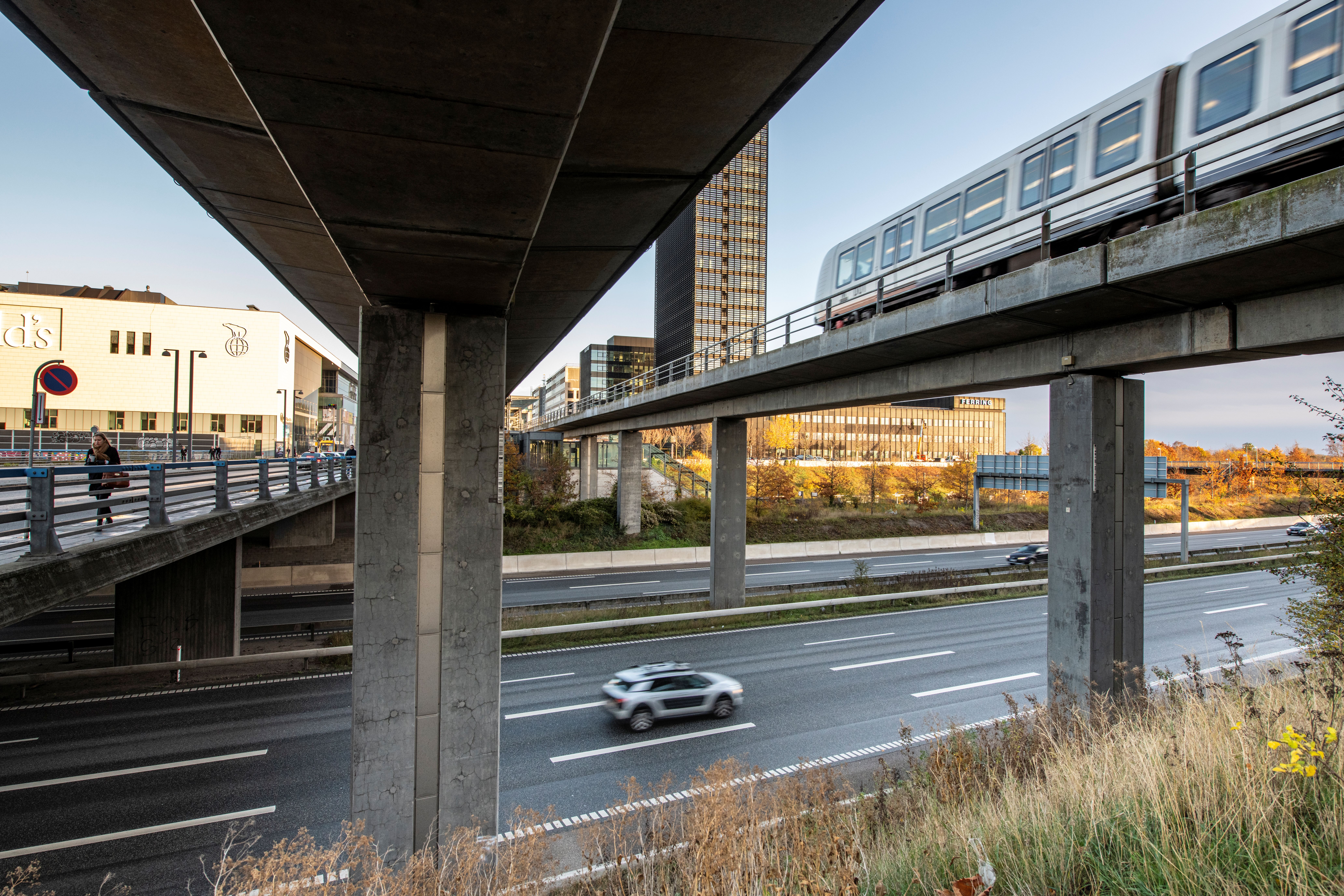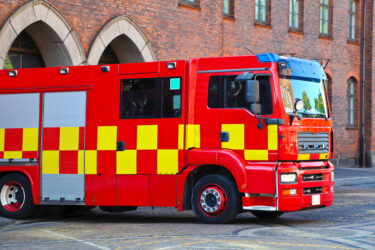Significant traffic challenges
The City of Copenhagen has decided to replace the road bridge, VB99, over the S-line at Tuborgvej. The large amount of traffic that crosses the bridge on a daily basis must therefore be diverted during the construction work. A solution where traffic is simply rerouted on the current road network will lead to significant traffic challenges in the form of delays, inappropriate detours, increased risk of accidents and a significant increase in CO2 emissions.
Therefore, SYSTRA has prepared a pre-analysis report for the municipality, where several different traffic solutions for a more appropriate rerouting of traffic are investigated. Sustainability is a key criterion that the City of Copenhagen emphasizes in the selection of the final solution. SYSTRA’s sustainability experts have therefore prepared a life cycle assessment of different solutions and scenarios for redirecting traffic during the construction phase, so that the municipality can decide how to replace the bridge with the lowest possible carbon footprint.
TWO POSSIBLE SOLUTIONS
Of the various traffic solutions presented in the report, the City of Copenhagen has selected two solutions to be assessed from a life cycle perspective. In the final report, SYSTRA has calculated and visualized the CO2 emissions of the two solutions from the very beginning of the solutions’ life cycle, raw material extraction, to the construction phase where the materials have been established in the building. The report presents CO2 accounts for both solutions together with CO2 accounts for “fossil and emission-free workplaces”, in addition, the climate impact of the replacement of VB99 is also calculated.
The two possible solutions in brief:
- In this solution, traffic is diverted via a temporary road bridge constructed at Tuborgvej.
- In this solution, a permanent road bridge is built at Bispebjerg Hospital, where the current footbridge is located at Klædemålet (VB268) and an interim footbridge is built at Tuborgvej.
The CO2 accounting is performed using the tool InfraLCA, developed by the Danish Road Directorate. The calculations are based on the dismantling of existing conditions and on volume estimates for the construction of new bridges and surrounding conditions. The greenhouse gases are measured in CO2 equivalents, which is a unit used to standardize the climate impact of different greenhouse gases.
At SYSTRA, we advise on choices and opt-outs that protect the environment, create longevity and support community and quality of life of many infrastructure projects.


 Australia
Australia  Brazil
Brazil  Canada
Canada  Chile
Chile  China
China  Columbia
Columbia  Egypt
Egypt  France
France  India
India  Indonesia
Indonesia  Ireland
Ireland  Italy
Italy  Malaysia
Malaysia  New Zealand
New Zealand  Norway
Norway  Panama
Panama  Peru
Peru  Poland
Poland  Portugal
Portugal  Saudi Arabia
Saudi Arabia  Singapore
Singapore  South Korea
South Korea  Spain
Spain  Sweden
Sweden  Taiwan
Taiwan  Thailand
Thailand  Türkiye
Türkiye  United Kingdom
United Kingdom  United States
United States  Vietnam
Vietnam 




